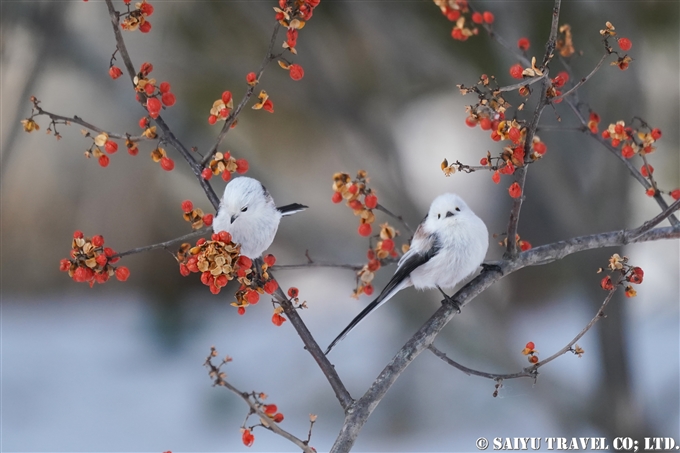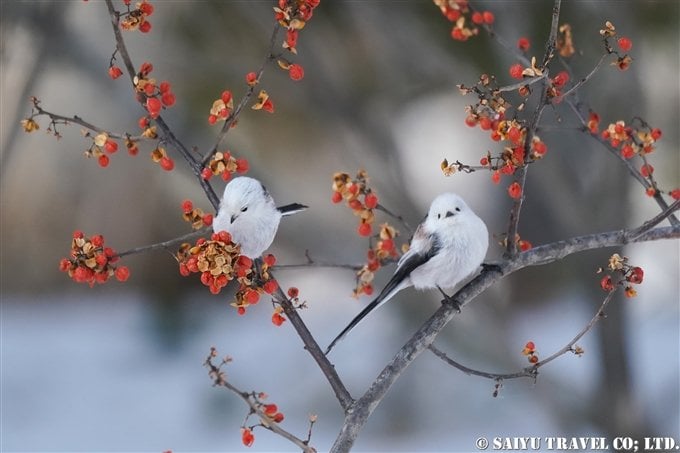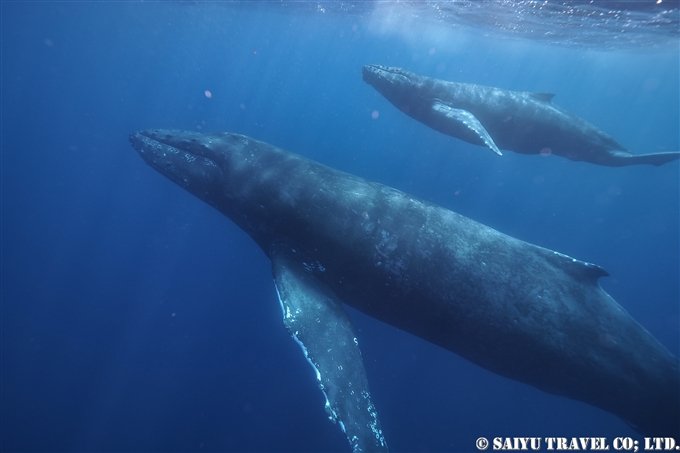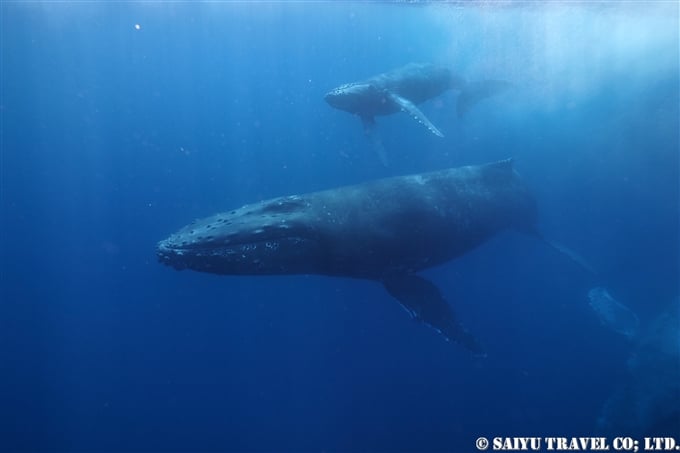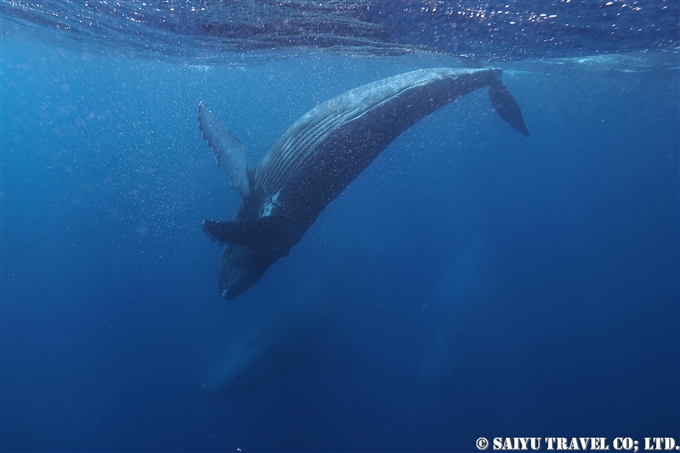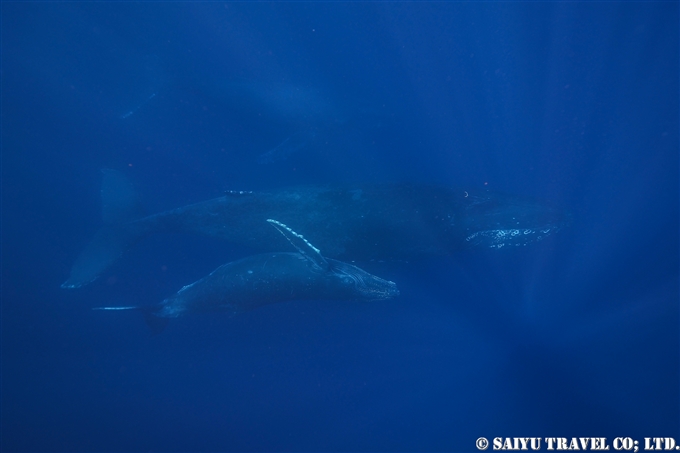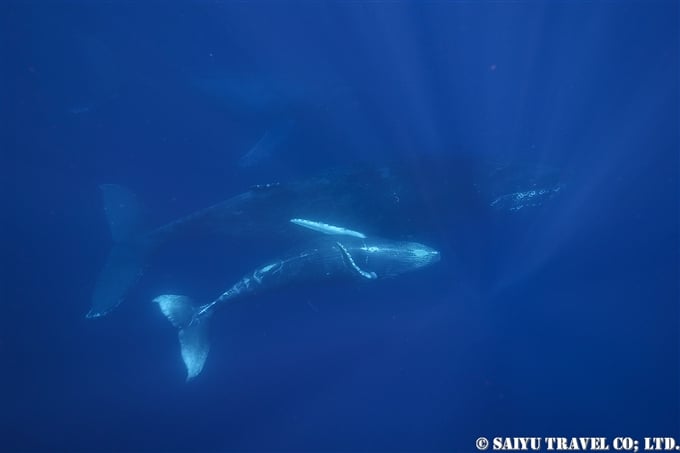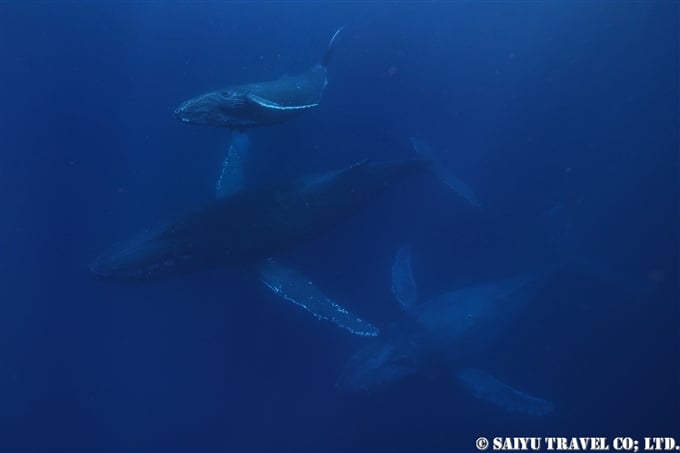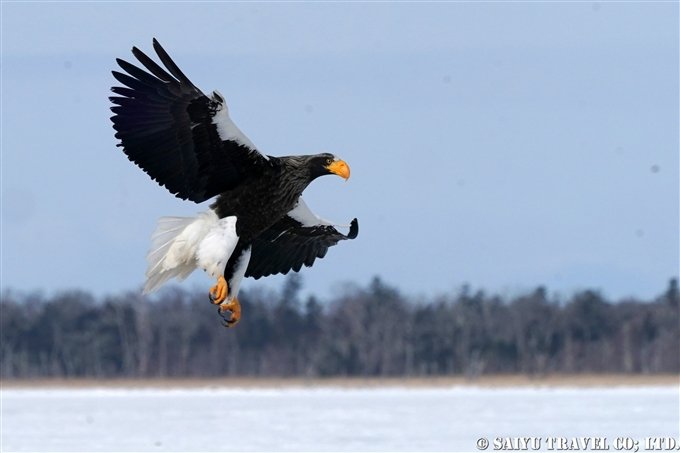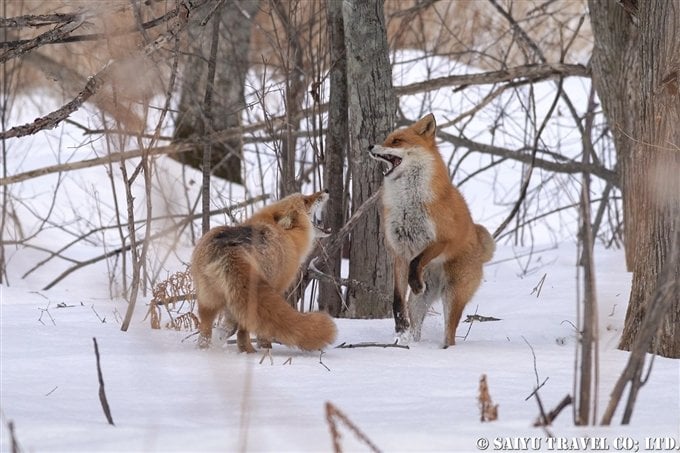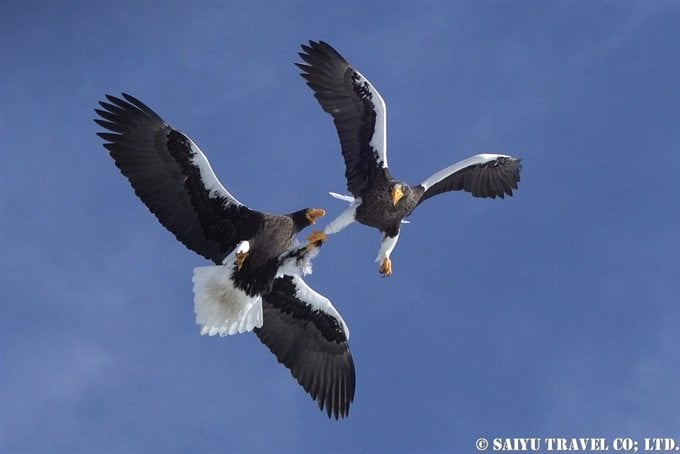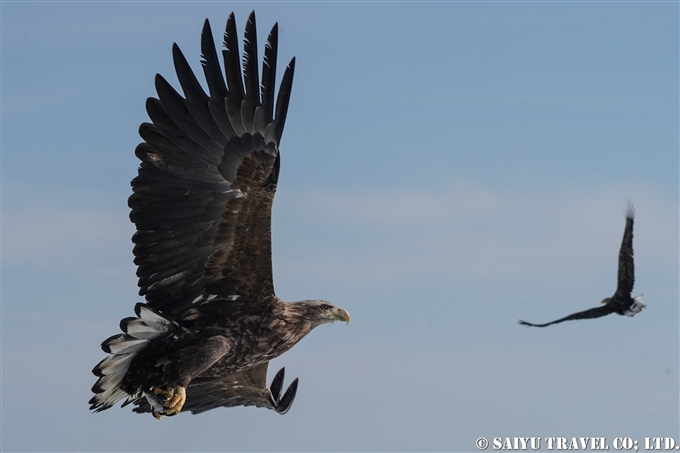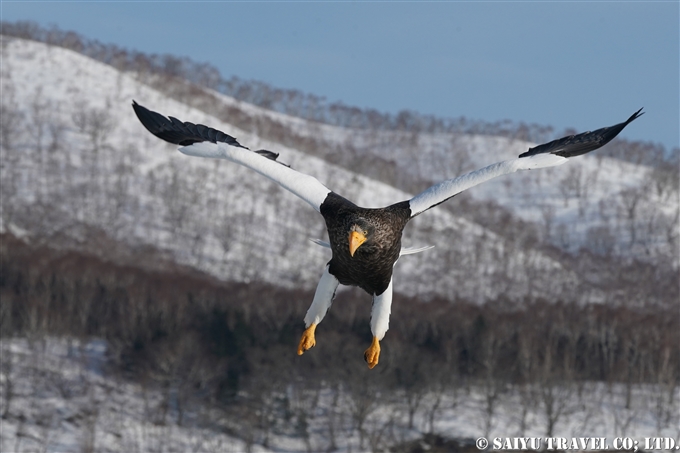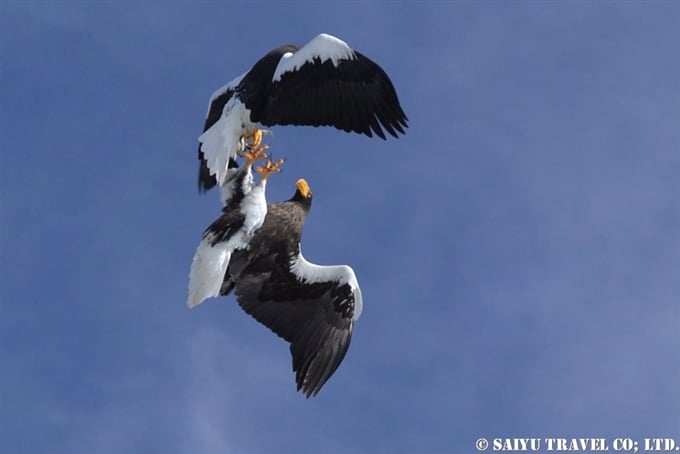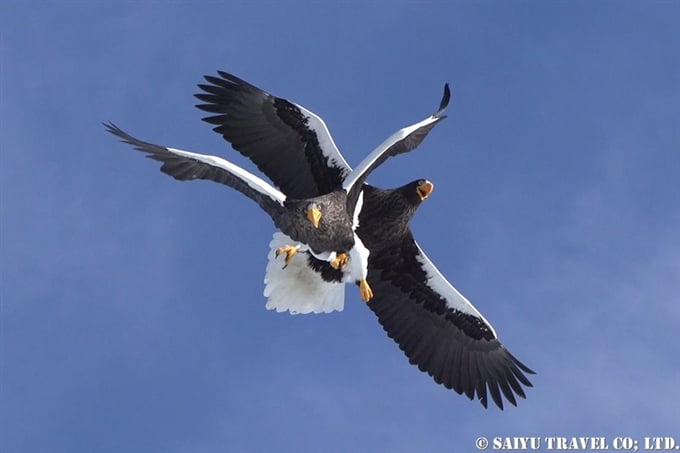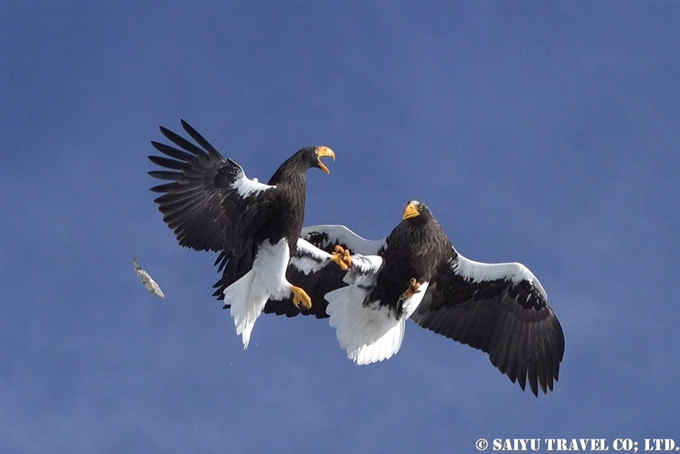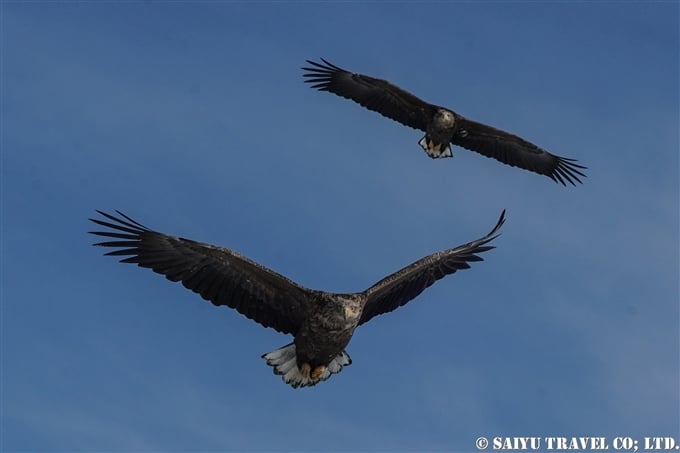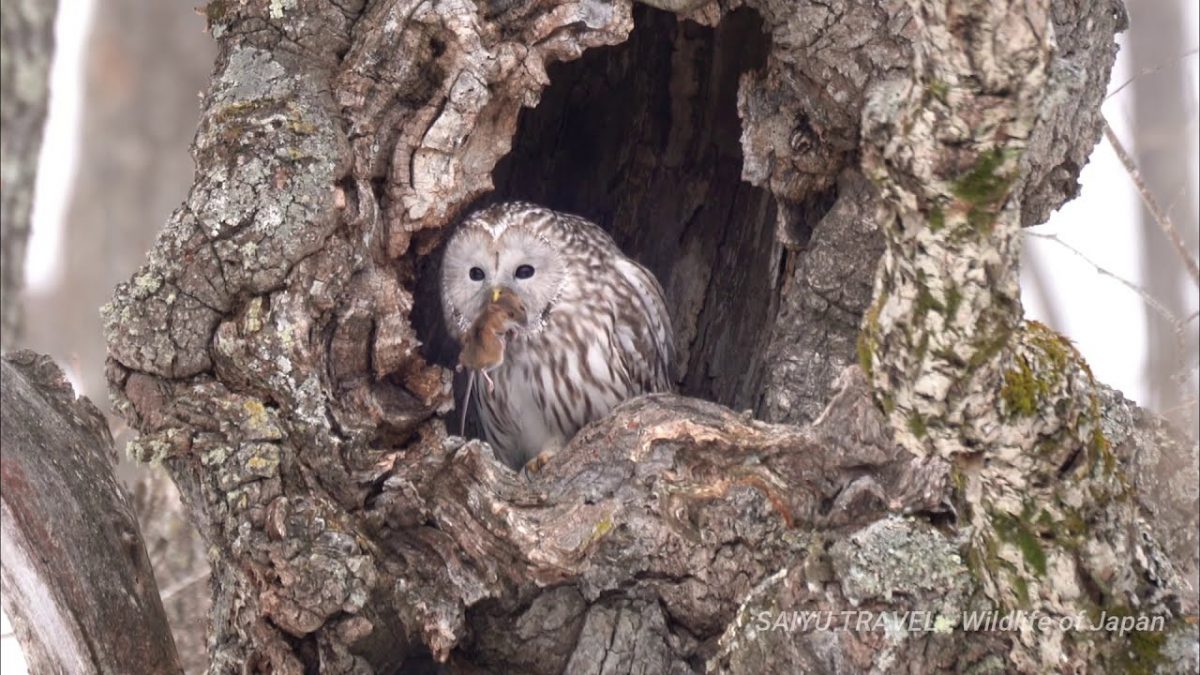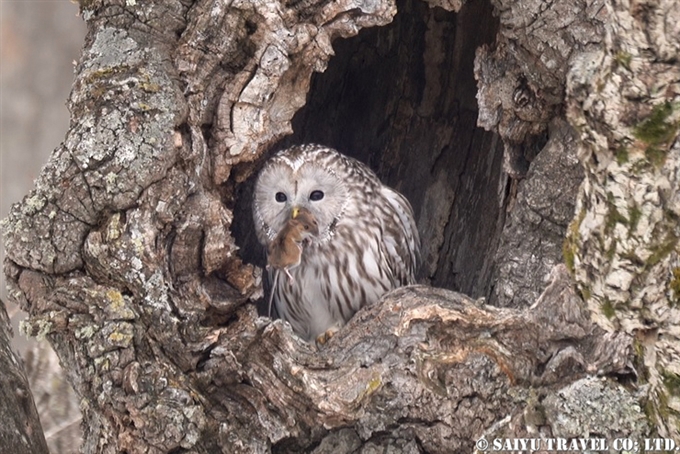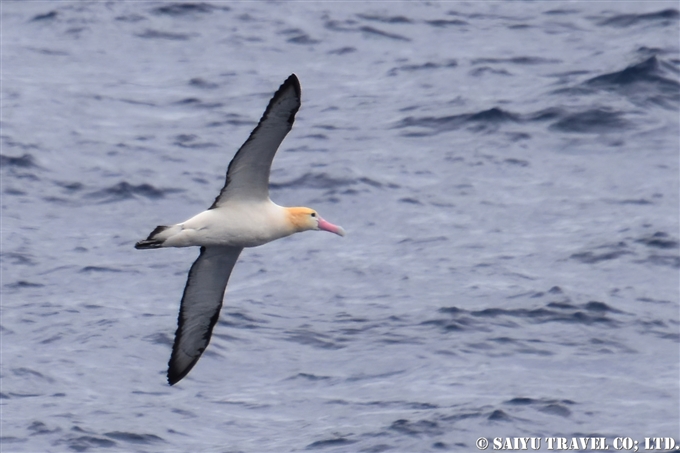
This is a report of the Tori-shima Nature Cruise aboard the Nippon Maru.
Our 2021 cruise departed from the Yokohama Port on April 18. It was a 2-night, 3-day cruise that circles around Tori-shima, the breeding grounds for the short-tailed albatross. Of course, passengers are not allowed to land on the island itself, but nonetheless, it is a very rare chance to see such an critically endangered bird, as they are nesting on an island that is so inaccessible. It was totally worth it!
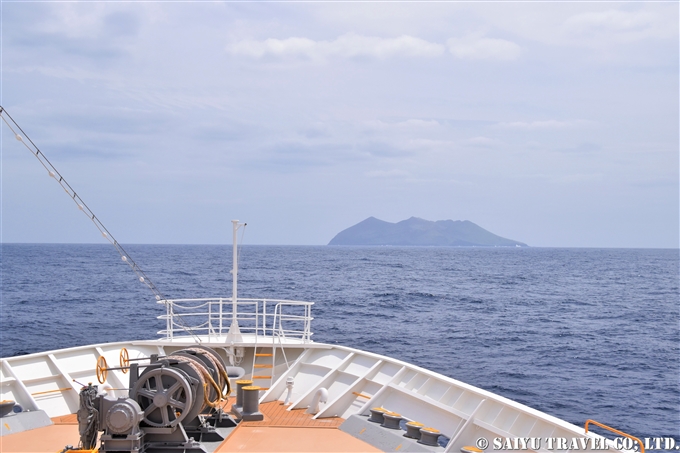
Heading to the largest breeding grounds for the albatrosses, Tori-shima.
A large colony of albatross lived on the islands until the Meiji Era, when the practice of collecting and killing the birds for their feathers began in 1888. It is thought that by 1902, at least 5 million birds had been overhunted for the feather trade. In 1902, however, the island’s volcano erupted and killed 125 islanders causing the incident to later be called the “Curse of the Albatross.”
Tori-shima was designated as a wildlife refuge in 1933 to help protect the remaining albatross, but the population continued to decline until in 1949, Dr. Oliver Austin published papers in academic journals declaring that the short-tailed albatross was extinct. Everyone believed this to be true until 1951 when the albatross were sighted again on Tori-shima Island. It was a report made by Mr. Yamamoto of the Tori-shima Meteorological Observatory, who sighted about 10 birds who had survived and were breeding.
In the early 1970’s biological research and activities to restore the population of short-tailed albatross began, lead by Dr. Hiroshi Hasegawa, who also joined our same cruise boat as a speaker. The Tsubamezaki nesting site was located on the southern side of the island, on a very steep cliff. This area was often affected by landslides of the sediment from the volcano, making it a very unstable environment for the nests. Therefore, from 1981, vegetation Miscanthus condensatus & Chrysanthemum pacificum was planted on the slopes in order to help stabilize the soil around the nesting area to improve their breeding success. Despite these efforts, even though it was helping, it was difficult for the birds to have a successful brood where the ground was so unstable.
In the 1990s, a different approach to help guide the birds to a new area for breeding on the north side of the island was undertaken. Albatross decoys were placed on the ground and speakers were used to call to and attract the young albatrosses to the more gentle slopes of the Hatsunezaki area. This attempt was successful and produced better results, eventually leading to Tori-shima currently having three colonies: Hatsunezaki, as the main area, the original Tsubamezaki site and a little higher up from there is the Komochiyama site. Short-tailed albatross, which had once been declared extinct, was in 2018, estimated to have over 5000 birds flying over Tori-shima now.
After leaving Yokohama Port at 5 PM, the 19-hour cruise finally arrived at Tori-shima around 12 Noon, the next day. From the deck of the ship, we could occasionally see both black-footed and short-tailed albatrosses flying around.
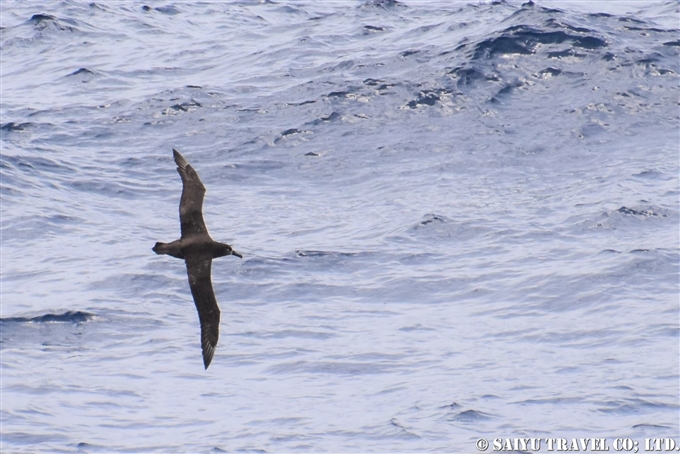
A Black-footed Albatross seen from the deck of the ship just before arriving at Tori-shima.
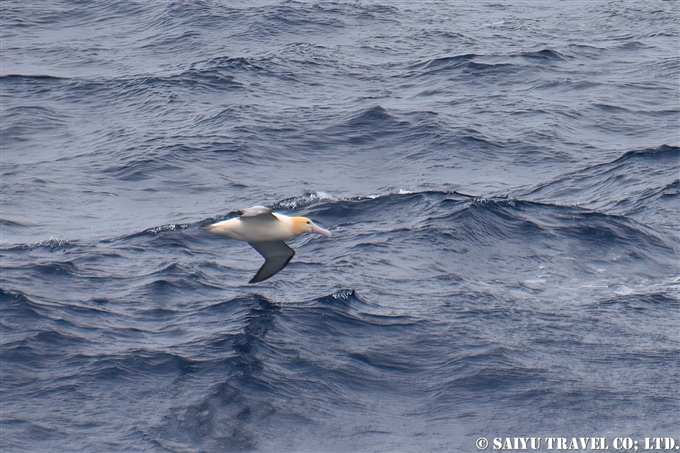
An Adult Short-Tailed Albatross
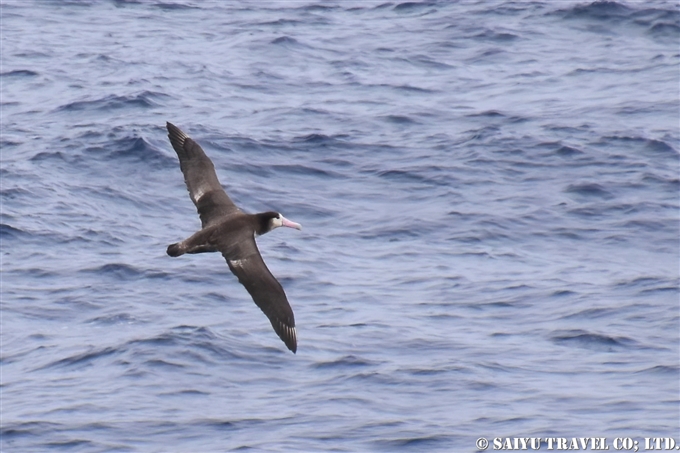
A Juvenile Short-tailed Albatross
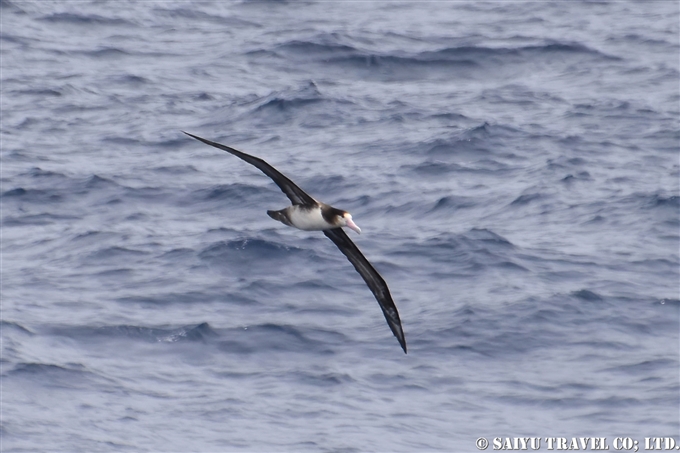
A Juvenile Short-tailed Albatross
As the ship nears the island, we were on the north side near the breeding grounds of Hatsunezaki. It was still too far to be able to see any birds with the naked eye, but with binoculars, I could see the birds dotting the slopes and flying above the island. As we got closer to the island, the excitement increased as the crowd observing from the deck, could see the birds also.
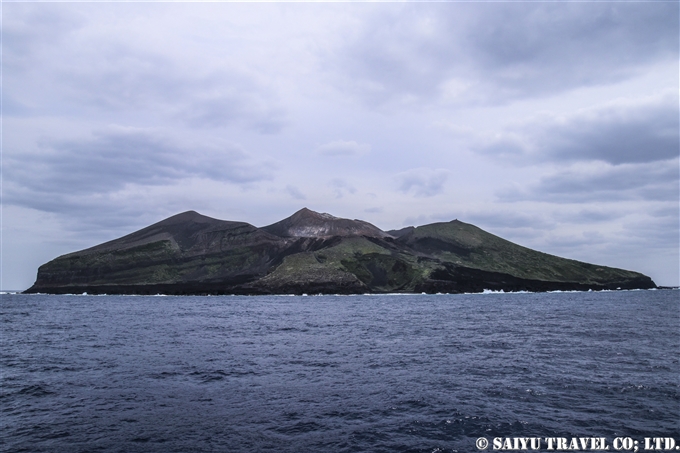
This is Tori-shima’s northern side. The new colony was created called Hatsunezaki is on the right side of the island.
We arrived on the northern coast around 1 PM. We went around the island counterclockwise from there, while listening to Dr. Hasegawa’s explanation over the ship’s loudspeakers. Around that time, we were close enough to be able to see the birds without using binoculars. I could see so many short-tailed and black-footed albatross.
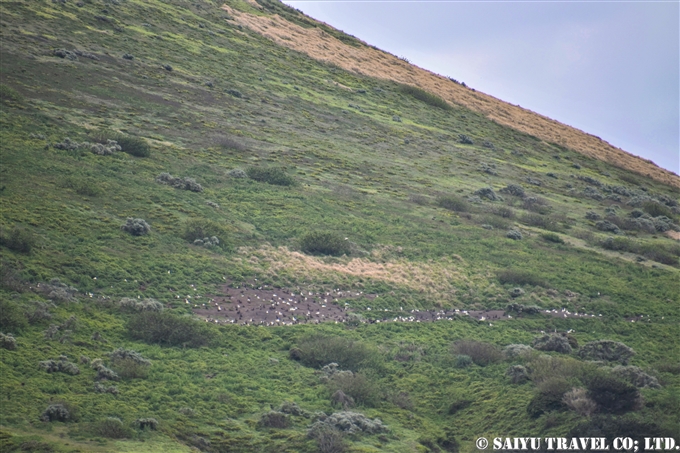
The Hatsunezaki Nesting Colony
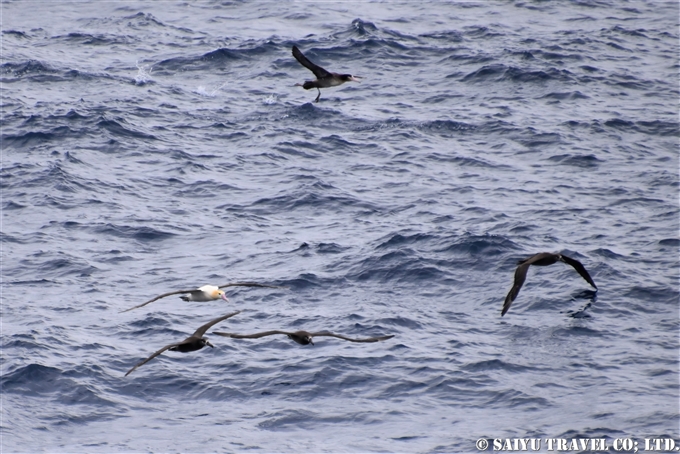
Short-tailed and Black-footed Albatross gliding over the waves
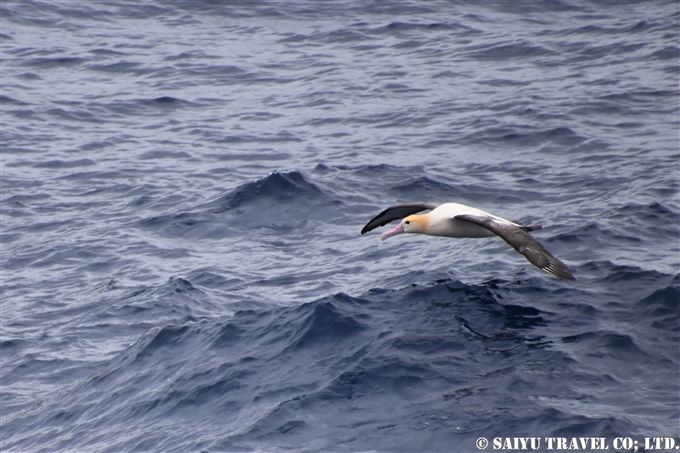
An Adult Short-tailed Albatross
A flock of short-tailed and black-footed albatross, floating together. This is a sight you would never see anywhere else! The people watching through their cameras and binoculars excitedly say to each other, “This is amazing!” and “I can’t believe it!”
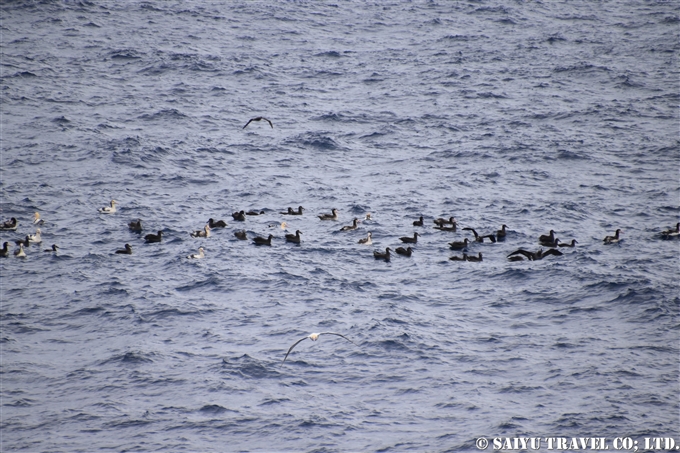
Short-tailed and Black-Footed Albatross Flock Resting Together
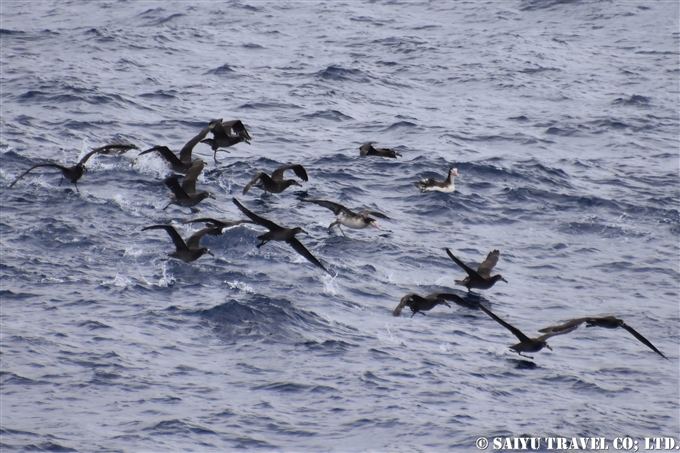
The flock of mixed albatross takes off together. There seem to be many individuals on the surface that are darker colored, which must be the juvenile birds.
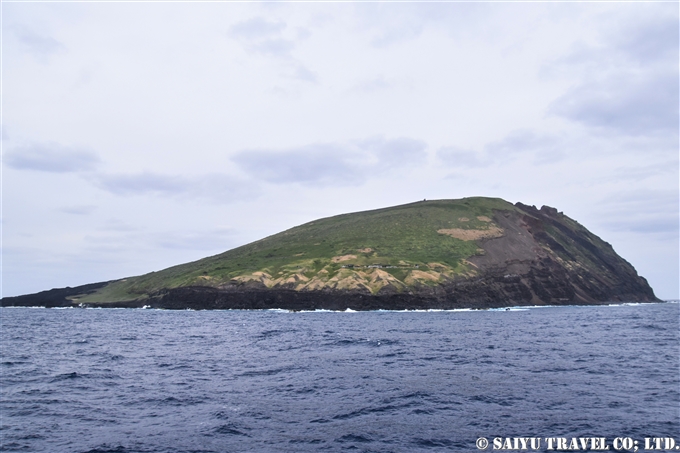
Tori-shima as seen from the west side. You can clearly see that the slope on the north side (left) is a gentle rise, while the terrain on the south side is quite steep.
As we neared the south side of the island, we could see the original Tsubamezaki colony. On the steep slopes I could clearly see the area where the volcanic soils were loose and eroding the slopes. The albatross were slowly moving up the slope to the newer breeding area of Hatsunezaki, but there were still about 550 pairs in the perilous area.
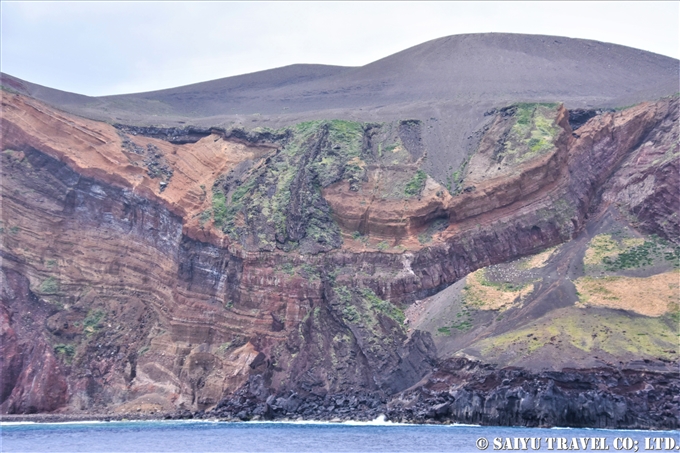
The south side of the island, Tsubamezaki Colony
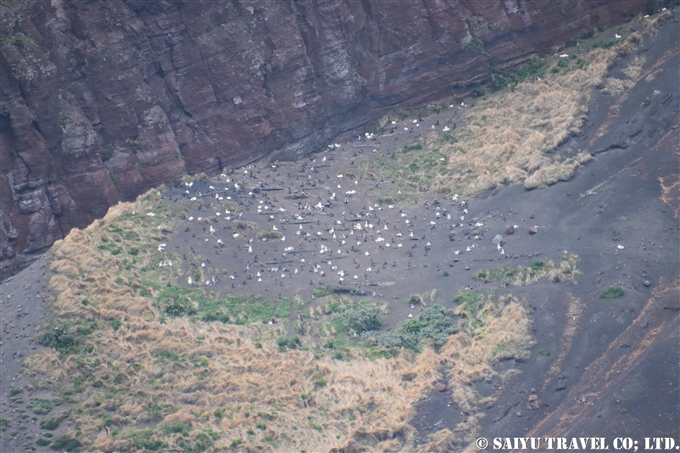
Close up of the Tsubamezaki breeding area
Since there are no colonies on the east side of the island, the number of birds seen from the boat have become less frequent. As we neared the end of the tour around Tori-shima, the crowd on the deck could be overheard saying, “I wish we could go around one more time.” According to Dr. Hasegawa, if things go smoothly, they expect the population to recover to around 10,000 birds by 2026. Being able to see this process with my very own eyes was a really impressive and exciting process! I hope that by next year, the cruise can make 2 laps around the island!
Photo & text: Kengo YONETANI
Observation/Cruise: 18-20 April 2021 by Nippon-maru, Tori-shima, Izu Islands, Tokyo, Japan
Tags: Bird tour Japan, Tori-shima, Bird Watching Japan, Tori shima island, Wildlife in Japan, Wildlife of Japan, Tori-shima cruise, Birds of Japan, Short-tailed albatross Breeding ground, Wildlife Photography tour in Japan, Ahodori, Wildlife tour in Japan, Izu Islands, Tsubamezaki nesting site, Hatsunezaki nesting site, Short-tailed albatross nesting colony, Short-tailed albatross, Birding tour Japan, Black-footed albatross
